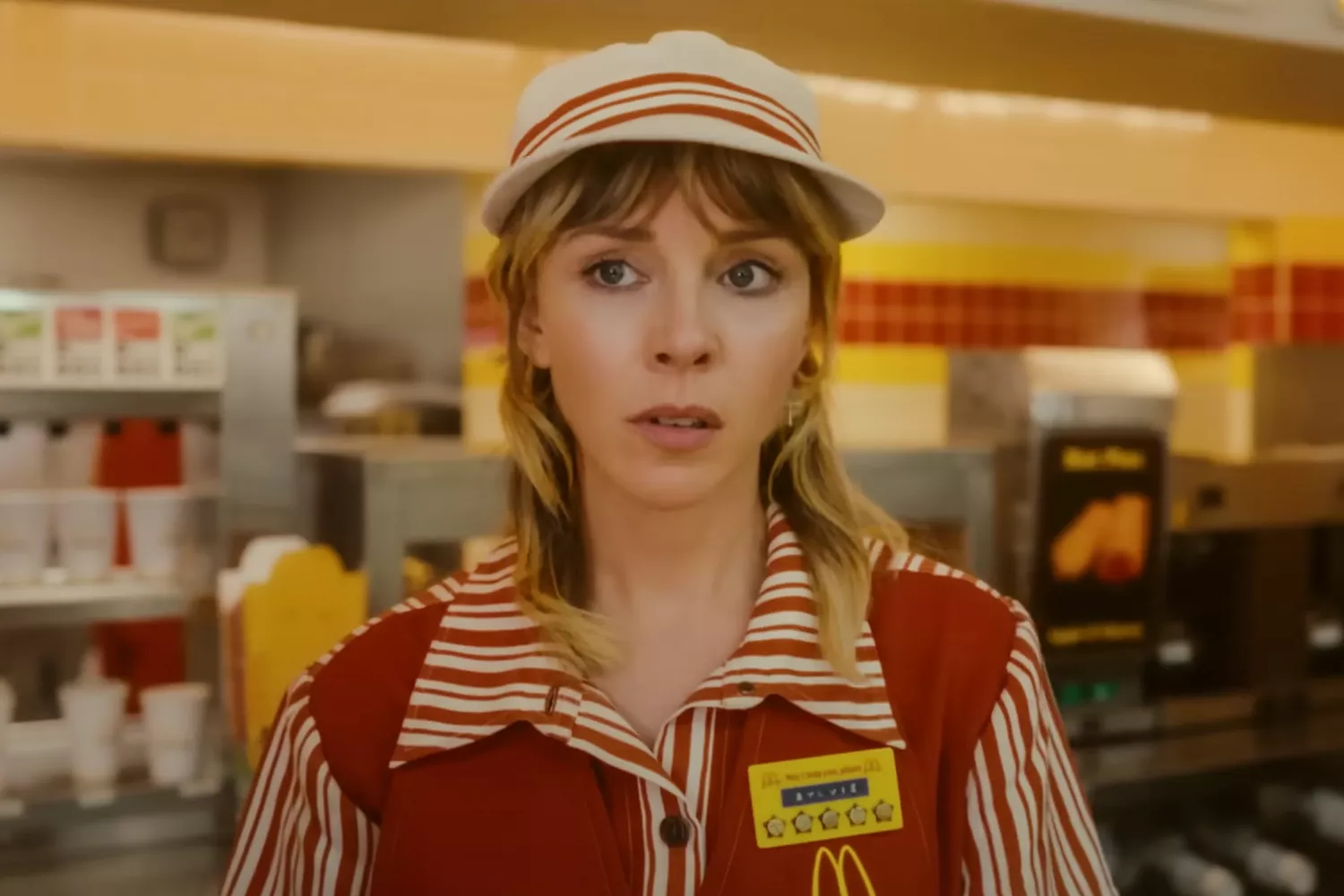Journey Through Time: Behind the Scenes of Loki Season 2’s 1980s McDonald’s
As the Marvel Cinematic Universe (MCU) continues to expand its storytelling horizons, “Loki” stands out as a groundbreaking series that explores the complexities of time, space, and identity. Building upon the success of its first season, “Loki” Season 2 takes viewers on an exhilarating journey through the multiverse, unraveling mysteries and introducing new dimensions to the ever-evolving narrative. Let’s explore with us!

At the heart of “Loki” Season 2 lies the enigmatic Time Variance Authority (TVA), a surreal bureaucracy that exists beyond the confines of conventional reality. Here, the mischievous Loki (Tom Hiddleston) and his steadfast ally Mobius (Owen Wilson) find themselves embroiled in a quest to locate Sylvie (Sophia Di Martino), a variant of Loki herself, who has gone missing amidst the chaos of the multiverse.
Episode 2, aptly titled “Breaking Brad,” showcases the series’ penchant for time-traveling escapades, whisking viewers away to various points in history, from a glitzy movie premiere in 1977 London to a quaint McDonald’s in 1982 Oklahoma. It is within these disparate settings that the true magic of “Loki” unfolds, blending elements of nostalgia, adventure, and character-driven drama into a captivating tapestry of storytelling.
One of the standout moments of “Breaking Brad” is the introduction of Brad Wolfe, also known as X-05, a former TVA hunter who has reinvented himself as a swaggering movie star. Portrayed with charismatic flair by Rafael Casal, Brad leads Loki and Mobius on a wild chase across time and space, ultimately leading them to the unassuming town of Broxton, Okla., where Sylvie has taken refuge as a fast-food cashier.

In an exclusive interview with Entertainment Weekly, episode director Dan DeLeeuw sheds light on the meticulous process of recreating an ’80s McDonald’s, capturing the essence of a bygone era with painstaking attention to detail. From the vintage wallpaper to the authentic cash registers, every element of the iconic fast-food chain is brought to life with authenticity and nostalgia, transporting viewers back in time to a simpler age.
The scenes set at the ’70s movie premiere further showcase the series’ commitment to historical accuracy and visual storytelling. Drawing inspiration from classic James Bond films, the production team meticulously recreates the glamour and excitement of a star-studded event, complete with vibrant marquees and bustling streetscapes. It is a testament to the show’s creative vision and dedication to crafting immersive cinematic experiences for its audience.
But “Loki” Season 2 is not just about spectacle and nostalgia; it also delves into deeper themes of identity, morality, and self-discovery. As Loki grapples with his own sense of purpose and belonging, he is forced to confront the consequences of his actions and the choices that define him as a character. Through moments of introspection and revelation, “Loki” invites viewers to ponder the nature of heroism and the complexities of the human psyche.

Central to the series’ exploration of identity is the evolving relationship between Loki and Mobius, portrayed with warmth and chemistry by Tom Hiddleston and Owen Wilson, respectively. In the intimate moments shared between these two characters, we witness a genuine bond forming, grounded in mutual respect and understanding. It is a testament to the show’s emotional depth and nuanced character development, elevating “Loki” beyond the realm of mere superhero fare.
As “Loki” Season 2 unfolds, it promises to take audiences on an even more thrilling ride through time, space, and the infinite possibilities of the multiverse. With its blend of action, intrigue, and heartfelt moments, “Loki” continues to captivate viewers with its boundless imagination and unrivaled storytelling prowess. So buckle up and prepare for another wild adventure with the God of Mischief and his loyal companions as they navigate the twists and turns of the multiverse in search of truth, redemption, and perhaps a little bit of mischief along the way.
See more: Unveiling the Enigmatic: A Deep Dive into “A Haunting in Venice”
